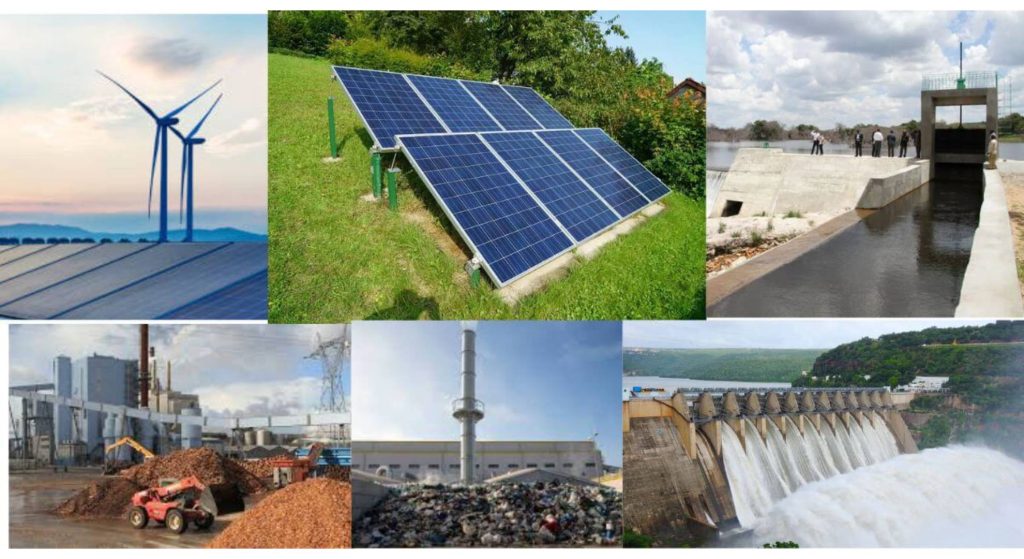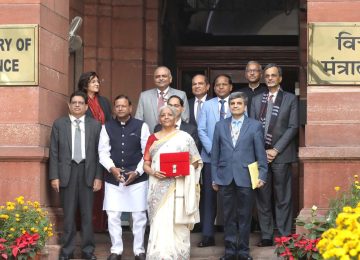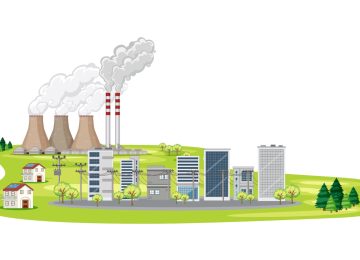Renewable energy adoption is rapidly expanding in India.
The Indian economy experienced a healthy expansion in FY 2023-24, with a 7.8% growth in total primary energy supply (TPES) at 9,03,158 KToE (kilo tons of oil equivalent).
The country’s renewable energy potential, particularly wind power, is significant, with installed capacity increasing at a CAGR of 10.36% and per-capita energy consumption growing.
India has a significant potential for generating 21,09,655 MW of renewable energy as on 31-Mar-24. Wind Power domintes the potential pack with 11,63,856 MW which is around 55%, followed by Solar Energy 7,48,990 MW and Large Hydro 1,33,410 MW. Four states, Rajasthan (20.3%), Maharashtra (11.8%), Gujarat (10.5%), and Karnataka (9.8%), have over half of the potential for renewable energy generation.
The details are a part of the Energy Statistics India 2025-—a comprehensive dataset on India’s energy commodities, recently released by the National Statistics Office.
The installed capacity for generating electricity from renewable resources, including utility and non-utility sources, has seen significant growth in recent years. The power generation capacity has increased from 81,593 megawatts in 2015 to 198,213 megawatts in 2024, at a CAGR of 10.36% over the years.
Over the years, the gross generation of electricity from renewable resources, including both utility and non-utility sources, has significantly increased. The electricity generation from FY 2014-15 to FY 2023-24 has grown at a CAGR of 6.76%, reaching 370,320 GWH.
| Key highlights |
| Primary energy supply rose by 7.8%, reaching 9,03158 KToE, showcasing resilience and recovery. |
| Coal remains dominant, with 79% of total domestic energy supplied and a 60.21% share in TPES. |
| Renewable energy potential reached 21,09,655 MW, with wind and solar leading. |
| Electricity from renewables rose from 205,608 GWh (2014-15) to 370,320 GWh (2023-24) at a 6.76% CAGR. |
| Per capita energy consumption increased to 18,410 MJ/person, a 25% rise in 10 years. |
The publication introduced a new chapter on Energy Account, utilizing the 2012 System of Environmental Economic Accounting (SEEA) framework, detailing asset accounts and physical supply and use tables for FY 2022-23 and FY 2023-24.
As per the publication, India’s energy consumption per person has grown at a 2.55% compound annual growth rate from 14,682 Mega Joule/person in FY 2014-15 to 18,410 Mega Joule/person in FY 2023-24. The use of electricity has significantly improved, with transmission and distribution losses decreasing from 23% in FY 2014-15 to 17% in FY 2023-2024.
The industry sector experienced the highest expansion among major end-use energy-consuming sectors during FY 2023-24. Industry consumption increased from 242,418 KToE in FY 2014-15 to 311,822 KToE in FY 2023-24, while other sectors like commercial and public service, residential, agriculture, and forestry also experienced consistent growth.
The need of the hour is to diversify energy sources, reduce coal dependence, promote decentralized solar, improve grid infrastructure, boost domestic production, and align with SDGs and net-zero by using the SEEA framework.











